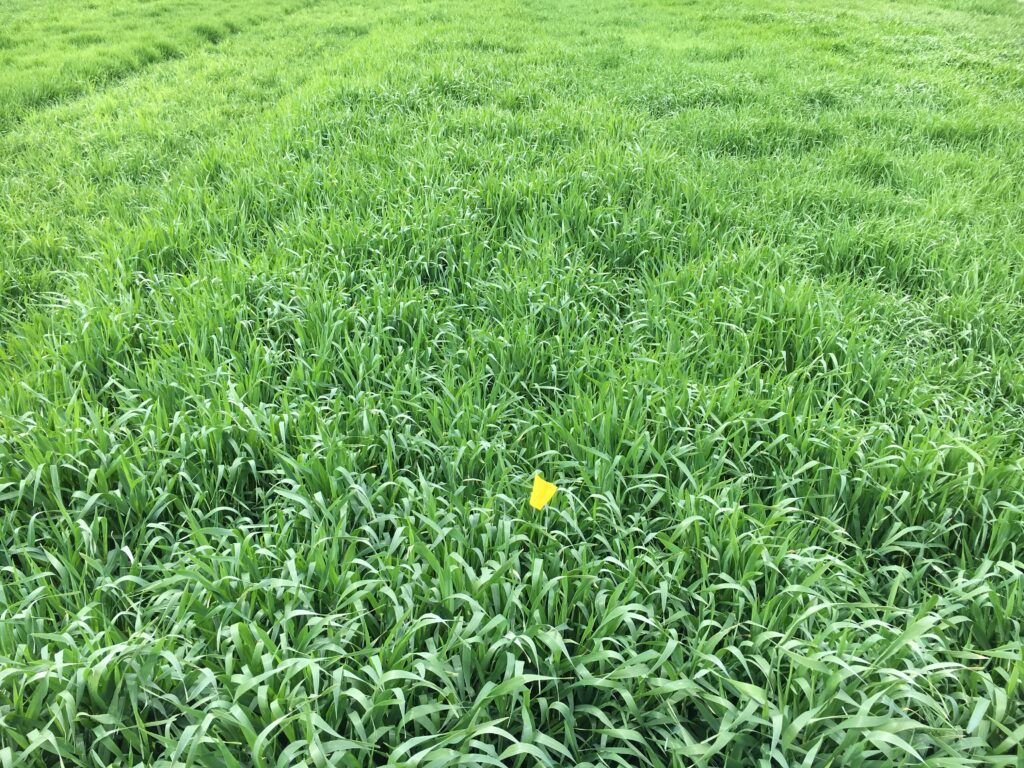Exploring options for better water usage in arid climates
There is a big push to reduce water consumption and to conserve water the western United States. We have had — and will likely continue to have — historic lows of precipitation, reduced snowpack and increased drought conditions. This means less water will be available for agricultural irrigation.
I’m based in New Mexico, where most farmers use the Rio Grande as their source of water. We share this water source with Colorado, Texas and northern Mexico. While 80 percent of the water is diverted for agricultural uses, it is still one of the most limiting factors in agricultural production — along with other issues such as low soil organic matter (less than 1 percent) and high concentrations of dissolved salts in the water.
Using the water we have wisely is key for continued agricultural production across the country. There are several options for farmers to reduce water consumption: reduce their planted acreage, leave a portion of their land fallow, plant drought tolerant varieties and/or use drip irrigation. Here are a few options for farmers to decrease their water consumption.
Scheduling Irrigation
Irrigation methods should be based on crop needs. Soil moisture sensors are useful to determine the allowable soil water deficit, and irrigation can be triggered once it hits a certain deficit. Several soil moisture sensors should be spread across the field, within different crop root zones, and should be away from high points and depressions in the field.
Each crop’s need for water is different — even within different growth stages — and should be taken into consideration. However, this takes additional technical and financial resources. Data loggers are useful to store and log data and to allow for quick interpretation and decision making. A combination of looking at the plants for stress and using a soil moisture sensor will be the best indicator of when to irrigate. Overall, this schedule can conserve water without reducing yields because you can be more precise in water management.
Drip Irrigation
In addition to scheduling irrigation, drip tape is very good at maximizing water efficiency. You are able to water in the root zone precisely when the roots need it. A combination of surface or subsurface irrigation can be done for annual or perennial systems. Using drip irrigation is best when done with transplants; direct seeding may need supplemental sprinkler irrigation for germination. Drip irrigation has other advantages, such as decreasing disease incidence, and it does not need large pumps to push water out. One drawback is the potential salt buildup in the root zone; however, a deep rainfall event, a flood or sprinkler irrigation can help move the salts below the root zone.
While drip irrigation is very important in decreasing water use, flood irrigation has its place too. It provides habitat for birds and wildlife and recharges the aquifer.
Cover Cropping

Surprisingly, planting cover crops will increase your soil water holding capacity. This is done mainly through increased soil organic matter (SOM). A 1 percent increase in SOM can hold 20,000 more gallons of water per acre in the soil. Planting a cover crop either in summer or winter will increase SOM.
There are several crops adapted to the Southwest that can grow with only a few waterings. Barley, sorghum sudangrass, millet and oats will do well and have the added value of being salt-tolerant crops. Alfalfa has been, and will continue to be, an important crop, as it can be cut and baled, fixes soil nitrogen and will increase SOM, despite being water intensive and not as salt tolerant as the crops above. Additionally, cover cropping with no-till or minimal tillage will reduce evaporative losses and further improve your soil health.
There are ways to offset the costs of cover cropping. The New Mexico Healthy Soils Working Group has provided funding to farmers to reduce the costs of trialing different cover crops on their farms.
Diversifying Crops
The major cropping patterns along the Rio Grande are cotton, pecan and alfalfa, which are all water-intensive and salt-sensitive crops. Diversifying into crops that are more drought and salt tolerant is important for water conservation.
If you’re already considering a perennial system, wine grapes and pomegranates could be alternatives, because they are very drought tolerant. For annual systems, quinoa and sunflowers (both for oilseed and confectionary use) are crops to consider; quinoa especially is growing in demand.
Sam Hilborn is the New Mexico Organic Consultant at the Rodale Institute and is based in Santa Fe. Please visit rodaleinstitute.org/consulting for more information.















